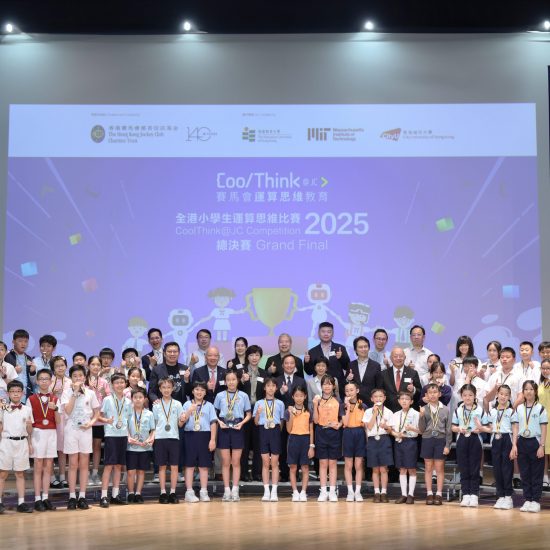Historically, Ukraine crisis began in the year of 1954, when Soviet Leader Nikita Khrushchev handed over Crimea from Russian Socialist Federal Republic to Ukrainian Federal Republic in the celebration of the 300th anniversary of Russia-Ukraine unification. It was an important event as both the republics were part of Soviet Union. From 1920 to 1991, Ukraine was completely under control of Moscow. Both Russia and Ukraine are Slavic and have a common history, culture and orthodox majority. But after the collapse of the Soviet Union in 1991, Crimea’s position became more significant in newly independent Ukraine.
American political scientist Samuel P Huntington, in his book “Clash of civilizations” has predicted Ukraine as a cleft state and would have more potential to split which would start with Crimea. In fact, It had already begun with Crimea in 2014 after annexation by Moscow. President Putin spent 22 years in power, rebuilding Russia’s military and re-establishing its geopolitical influence, which it had in Soviet era. He has selected Ukraine as its strategic position for Central Europe to revive ex – Soviet’s name and fame as superpower. Russia’s strategy and Planning in terms of power and politics is to exert influence over Ukraine so that she has control and influence over the Baltic States.
On the other hand, in 1999,President Bill Clinton and his Russian counterpart Boris Yeltsin signed an agreement in Paris where the agreement guaranteed Russia as the status of NATO’s Associated Partners and stemmed NATO’s expansion towards Eastern and Central Europe. Nevertheless, during the last two decades, the US, and its NATO allies have been violating non expansion guarantee by including and annexing some Baltic States – Lithuania, Latvia, Estonia, and Eastern European Poland, Romania and working to bring Ukraine and Georgia into NATO’s pact. NATO signed an agreement with Ukraine for inclusion in 2008.
But the move was foiled after the pro Russian Viktor Yanukovych was elected as the President of Ukraine in 2009. Again in 2014, President Yanukovych was ousted by a revolution and hardliner nationalist and pro-Western Petro Peroshanko came to power. NATO’s expansion towards East has got momentum and continues till present President Vladimir Zelensky. This is a disaster for Russia because it was conducive of facilitating the presence of the US troops and Missile system within the close proximity of Moscow, having an ability to strike Moscow within the span of four minutes. In October 2018, the US and NATO took part in a joint Air rally in Western Ukraine which was the largest exercise after the fall of the Soviet Union in this region. In this context, Russia is being seized by NATO’s “containment theory” and had no other option other than to go on aggressive campaign.
Ukraine’s crisis has exploited a severe impact on the global economy. Russia is the second-largest producing country of natural gas in the world. It exports 30% of its extracted natural gas and 70% of its export is made to Europe. The largest gas pipeline is Nord stream-1 with the capacity of 55 billion cubic meters per year which runs through Ukraine. France and Germany are dependent on Russian exported gas and coal. The imposing of stringent sanctions on Russia by the Western countries will have a spillover effect on the global oil market. Russia also exports minerals like Titanium, Palladium. One-third Palladium of its demand is supplied from Russia globally. Ukraine is one of the main suppliers of neon which is utilized in semiconductors. Ukraine and Russia both export fertilizer around the world. So, Ukraine crisis will have a severe impact on agriculture and industrial economy, not only throughout Europe, but Globally nonetheless.
China’s support for Russia in the stand-off over Ukraine upends the strategic calculus for world order. Moscow-Beijing jointly lashing out at Washington’s alleged destabilizing policies in both Eastern Europe and the Asia-Pacific region. President Vladimir Putin knows very well that the number one superpower, the US is unable to open a second front in a geopolitical fight. Beijing’s explicit support in the showdown of Moscow on the Ukraine issue will bring China a quid pro quo in the form of Moscow’s support on the Taiwan issue. The trade between China and Russia was 147 billion dollars last year. The Western sanctions in 2015 made the trade figure almost double between China and Russia.
Both Russia and China would also seize on any apparent US back down over Ukraine to portray Washington as an unreliable partner. Russia’s limited scale incursion is aimed to bring Western leaders to the negotiation table and achieve guarantee of the halt to NATO expansion as well as withdraw the US missile system from Poland. If the demands of Russia are not met, then Moscow might consider attempting to demilitarize Ukrainian government forces and instate a pro-Russian government. The US response to Moscow could lose influence on Asia-Pacific theatre and China would try to fill the void, especially in Taiwan, the South China Sea. In this scenario, Russia will face tough economic sanctions from the US and its allies. But as political leaders of tomorrow, the lessons they learn from this crisis will undoubtedly shape their commitment and solidarity and the transatlantic alliance, while shaping future foreign and security policy for years to come.
Also published on Medium.



